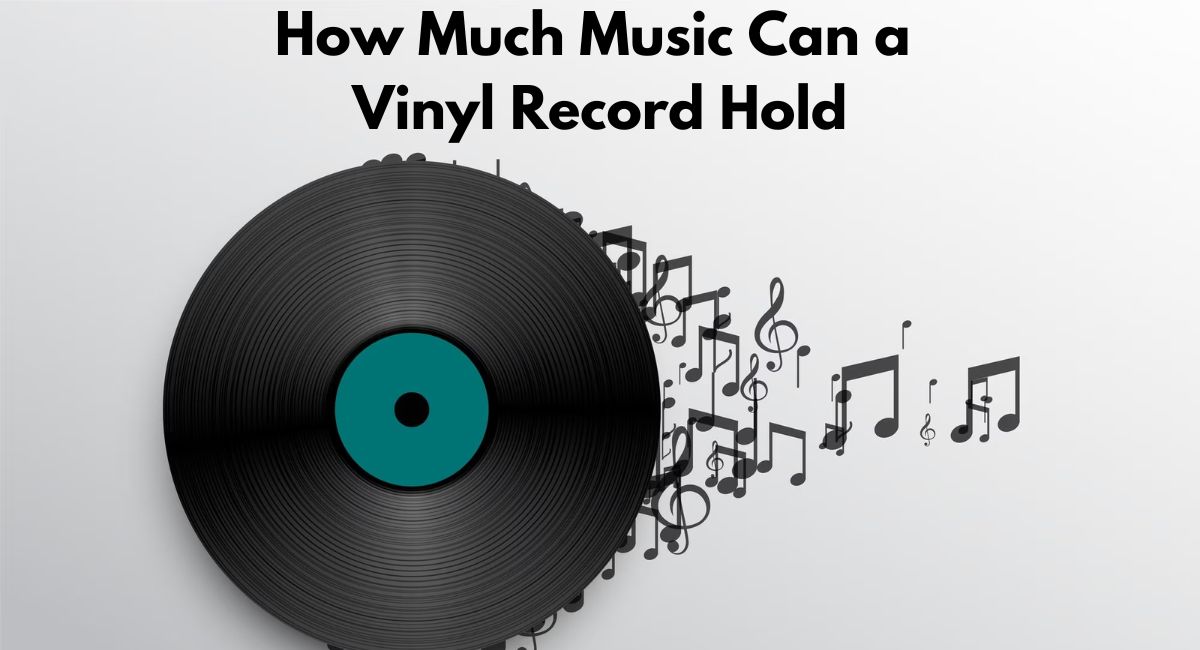Have you ever wondered how many songs can actually fit on a vinyl record? Surprisingly, these circular musical marvels aren’t like digital files with unlimited storage! Vinyl records are like musical time capsules, each with its own unique capacity that’ll make your inner music nerd totally geek out. Let me break down the fascinating world of vinyl record storage in a way that’ll blow your mind!
Contents
Vinyl Record Sizes and Their Music Capacity
Let me tell you about my first vinyl collecting mistake. I once bought a bunch of 7-inch singles thinking they’d be these magical containers of endless music. Boy, was I wrong! These little guys are basically the shot glasses of the vinyl world – quick, punchy, and done in a flash.
7-inch singles are the sprinters of vinyl records. Typically, they’ll hold about 3-5 minutes of music per side when played at 45 RPM. I remember buying a stack of these at a garage sale, thinking I’d scored some epic music collection. Turns out, each record was basically just one song! They’re perfect for individual tracks or short EPs, but don’t expect a full concert experience.
My buddy Jim – total vinyl junkie – once explained 10-inch records to me like they’re the middle child of vinyl formats. They’re not as tiny as singles, but not as robust as full LPs. These bad boys can squeeze out about 10-12 minutes per side, usually spinning at 33 1/3 or 78 RPM. Back in the day, jazz and early classical recordings loved this format. It’s like the Goldilocks zone of vinyl – not too small, not too large.
But the real champion? The 12-inch Long Play (LP) record. This is where the magic happens! These albums typically store 15-22 minutes of music per side, giving you a total playtime of 35-45 minutes. It’s the standard format that most full-length albums use. I’ve got a collection of these that tells stories – each groove holding memories, each rotation bringing music to life.
Factors Affecting Vinyl Record Storage Capacity
Rotation speed is like the secret sauce of vinyl storage. It’s not just about how fast the record spins – it’s about balancing sound quality and music length. 33 1/3 RPM gives you more playing time, which is why most albums use this speed. But 45 RPM? That’s for when you want crisp, high-quality sound, even if it means less total music.
I learned about groove spacing the hard way. During my early collecting days, I thought tighter grooves meant more music. Spoiler alert: it’s way more complicated! Professional mastering is an art form. Too tight, and you lose sound quality. Too loose, and you’re wasting precious vinyl real estate.
Sound Quality vs. Storage Capacity
Here’s where it gets nerdy – and I’m here for it! Audiophiles are constantly debating the trade-off between storage and sound quality. Wider grooves mean better sound, but less music. Narrower grooves? More music, but potentially muddier audio. It’s like trying to fit a novel into a tweet – something’s gotta give!
My most prized record has these perfectly spaced grooves that sound like the band is playing right in my living room. Professional engineers are basically musical architects, balancing every microscopic detail to create the perfect listening experience.
Comparing Vinyl to Digital Storage
Digital might have unlimited storage, but vinyl has soul. Each record is a physical artifact, a piece of musical history. Sure, you can store thousands of songs on a hard drive, but can you hold musical memories in your hands? Can you feel the warmth of analog sound? Nope!
Conclusion
Vinyl records are more than just music storage – they’re musical time machines. From 3-minute singles to 45-minute albums, each record tells a unique story. They might have limitations, but that’s part of their charm!
Want to dive deeper into the vinyl world? Dig out those old records in your attic, dust off a turntable, and start exploring. And hey – drop a comment below about your favorite vinyl memory. Let’s keep this musical conversation spinning!

I am Kenneth Haney, an unyielding audiophile and an ardent collector of vinyl records. My love affair with vinyl started at a young age of 15. As a teenager, I found myself enchanted by the distinct warmth and depth that vinyl brought to music. Unlike digital music, vinyl records carry a tangibility, a piece of history, an art that exists far beyond the confines of an MP3 file.
